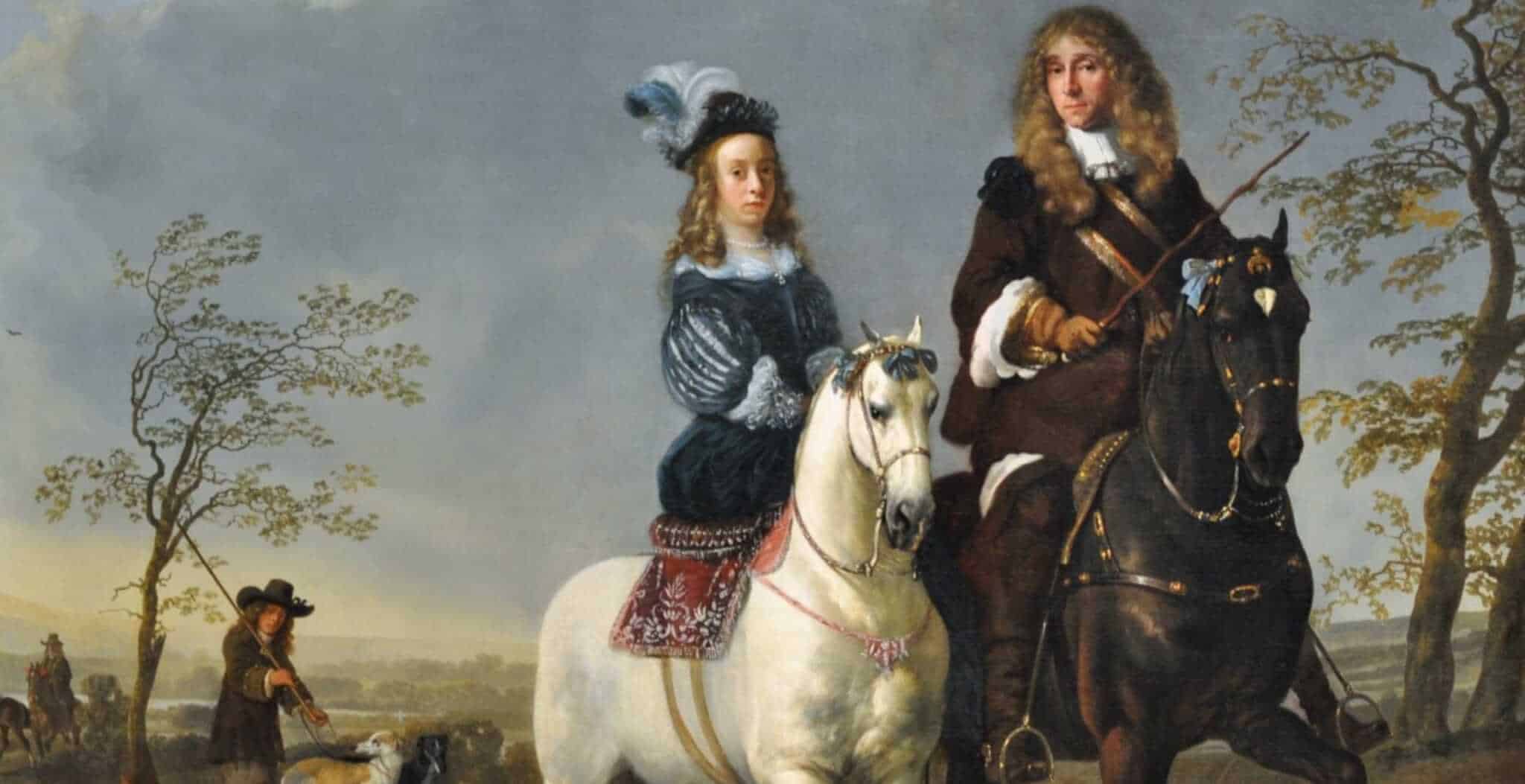A sad fact of life is that not all accomplishments are rewarded and some people never receive the recognition they deserve. Their names and deeds become lost in the mists of time.
I believe this happened to the architect and inventor Joseph Hansom. If his name sounds familiar, it may be because of his invention the Hansom Cab, a carriage which once dominated the cobbled streets of Victorian Britain. However, few people realise that he never received any payment for this invention, and are unaware of his many other achievements. This is his story.
Joseph Hansom was born into a Roman Catholic family in York on the 26th October 1803. As was expected of young men in those days, he followed in his father’s footsteps and became an apprentice joiner.
However, he showed great talent in the field of design and construction, and left his father’s joinery to become apprenticed to an architect. He excelled in this field and designed around two hundred buildings, one of which was Plymouth Cathedral. Others include St. Georges Roman Catholic Church in York, Mount St. Mary’s College near Sheffield and St Beuno’s College near St Asaph in North Wales (pictured below).

He was married in 1825, and in 1828 set up a partnership with a man named Edward Welch. This however was where it all started to go wrong for Joseph. Against stiff competition (sixty-seven designs were submitted altogether), they won the commission to build Birmingham Town Hall. However they overspent on the project and although the Town Hall was built in a beautiful and striking Roman style with tall pillars, it also bankrupted Hansom’s firm in the process.
Whilst in Birmingham, Hansom made friends with Dempster Hemming and, with his own business now in pieces, he moved to Hinckley in Leicestershire to manage Hemming’s estate at Caldecote Hall, near Nuneaton.
This is perhaps an example of how when one door closes, another opens, and it was Hemming who encouraged Hansom to register the design for a safety cab on December 23rd 1834.
Little could Hansom have realised just how successful his invention would be, conquering the market and reaching other European cities such as Paris and Berlin and as far as the United States, where it was most commonly seen in New York.
Sadly Joseph was to receive another blow, because although he sold the patent to a company for the ‘hansom’ sum of £10,000, the company had financial difficulties so Joseph was never paid.
In case you are not familiar with the layout of the Hansom Cab, here is a brief description.

It could hold two passengers, three at a push, and the driver was seated at the back of the vehicle. From here he could communicate with his passengers through a trapdoor in the roof. The front of the cabin was open which allowed a better view and a leather curtain could be drawn across for privacy or shelter from the elements. This was a later development from Hansom’s original design.
The first Hansom cab travelled down Coventry Road in Hinckley in 1835.
It was originally known as the Hansom Safety Cab, and in the name lies the reason for its success. Other cabs of the time had stability problems which made them prone to overturning. Hansom overcame this and resolved the safety issue without compromising on speed.
In fact it was because of this speed that it was the carriage of choice for the fictional detective Sherlock Homes. Its speed and manoeuvrability made it the ideal vehicle for Arthur Conan Doyle’s famous detective, allowing him to arrive at crime scenes quickly.
When mechanical taximeters were introduced, as the Hansom was light enough to be pulled by a single horse, it was cheaper than a four wheel carriage. Consequently it replaced the Hackney carriage as the preferred vehicle for hire.
What I think is most remarkable about Joseph Hansom is that this is not where his list of accomplishments ends. In 1843 he spotted a gap in the market and founded a magazine called ‘The Builder’. It was aimed at architects, builders and workmen and amazingly still survives today, being re-named ‘Building’ in 1966.
Sadly yet again Hansom didn’t profit from the enterprise and had to relinquish his editorship quite early on due to lack of capital.

His last accomplishments are certainly worth mentioning; he celebrated his Golden Wedding anniversary in 1875 and when he passed away in 1882, he was surrounded by his family.
If you’re wondering what happened to his most celebrated creation, the Hansom cab prospered until cheap motorised transport and the construction of transport systems saw more people using cars and the cab fell in to decline. By 1927 there were just twelve Hansoms licensed in London and the last London Hansom cab driver turned in his license in 1947. One consolation for Joseph is that ‘Hansom’ became a household name in his own lifetime and he was able to see the impact his invention had on his society. It is still remembered today as an essential part of Victorian life.
Published: 17th January 2015.









